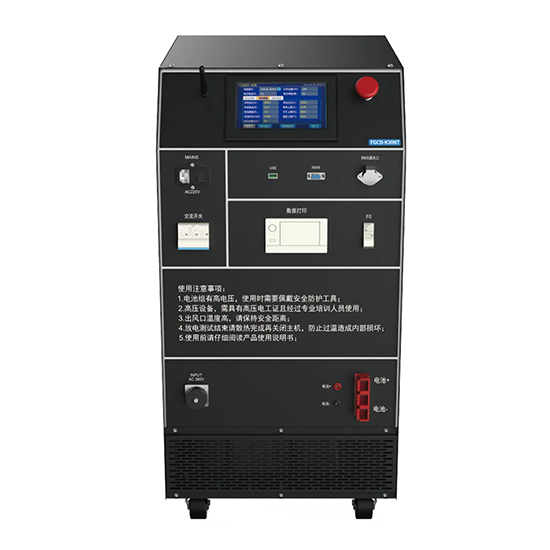Battery Discharge Technology: Principles and Applications

# Battery Discharge Technology: Principles and Applications
## Introduction to Battery Discharge Technology
Battery discharge technology plays a crucial role in modern energy storage systems and various electronic applications. A battery discharger is a device designed to safely and efficiently drain energy from batteries under controlled conditions. This technology serves multiple purposes, from battery testing and maintenance to capacity measurement and recycling processes.
## Fundamental Principles of Battery Discharging
### Voltage and Current Characteristics
The discharge process involves converting stored chemical energy into electrical energy. During discharge, the battery’s voltage gradually decreases while current flows through the connected load. The relationship between voltage and current follows the battery’s internal resistance characteristics, which can be expressed by the equation: V = E – IR, where V is terminal voltage, E is electromotive force, I is current, and R is internal resistance.
### Discharge Curves
Different battery chemistries exhibit unique discharge curves. Lithium-ion batteries, for example, maintain relatively stable voltage for most of their discharge cycle, while lead-acid batteries show a more linear voltage decline. Understanding these curves is essential for proper battery management and application design.
## Types of Battery Dischargers
### Passive Dischargers
These simple devices use resistive loads to drain battery energy, converting it into heat. While cost-effective, they offer limited control and measurement capabilities.
### Active Dischargers
Advanced systems incorporate electronic controls to precisely regulate discharge parameters. They often include:
- Programmable current settings
- Voltage monitoring
- Temperature sensing
- Data logging capabilities
### Regenerative Dischargers
These sophisticated systems recover and reuse the discharged energy by feeding it back into the grid or other storage systems, significantly improving energy efficiency.
## Key Applications of Battery Discharge Technology
### Battery Testing and Characterization
Discharge testing is essential for determining battery capacity, cycle life, and performance under various load conditions. Standard tests include:
- Capacity measurement (Ah or Wh)
- Internal resistance testing
- Cycle life evaluation
- Performance at different temperatures
### Battery Maintenance and Conditioning
Controlled discharging helps maintain battery health through:
- Equalization of cell voltages
- Removal of memory effects (in NiCd batteries)
- Prevention of sulfation in lead-acid batteries
### Battery Recycling and Disposal
Proper discharge is critical before battery recycling to:
- Ensure safety during handling
- Facilitate material separation
- Prevent potential short circuits
## Advanced Features in Modern Battery Dischargers
### Smart Control Systems
Contemporary discharge systems incorporate microprocessor control for:
- Precise current regulation
- Automated test sequences
- Real-time data acquisition
- Safety interlocks
### Multi-Chemistry Support
Advanced units can handle various battery types with appropriate algorithms for:
- Lithium-ion (Li-ion)
- Nickel-metal hydride (NiMH)
- Lead-acid
- Other emerging chemistries
### Integration with Battery Management Systems
Modern dischargers often interface with BMS to:
- Synchronize charge/discharge cycles
- Monitor individual cell performance
- Implement protective measures
## Safety Considerations in Battery Discharging
Proper discharge procedures must address several safety aspects:
### Thermal Management
B
Keyword: Battery Discharger